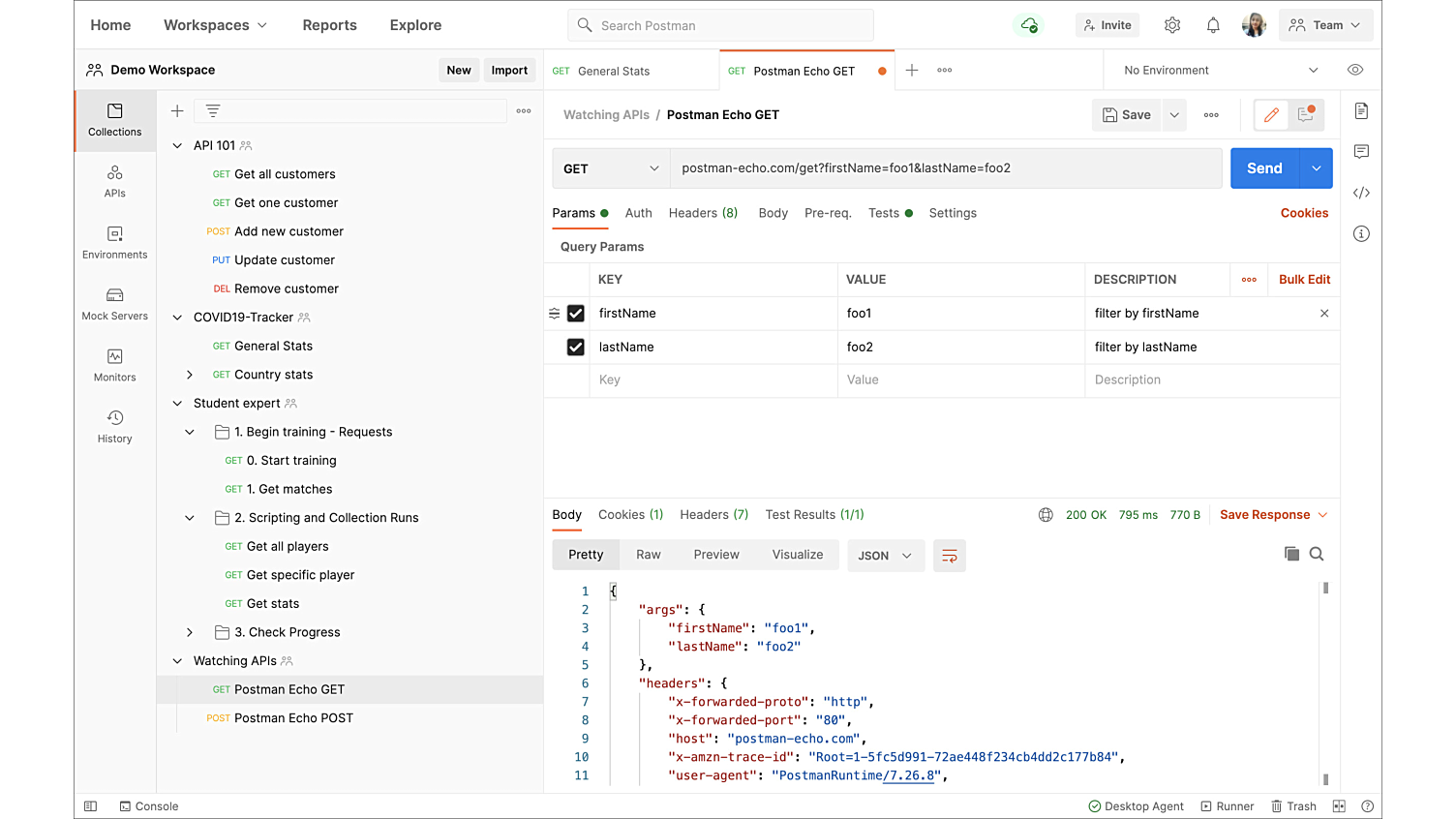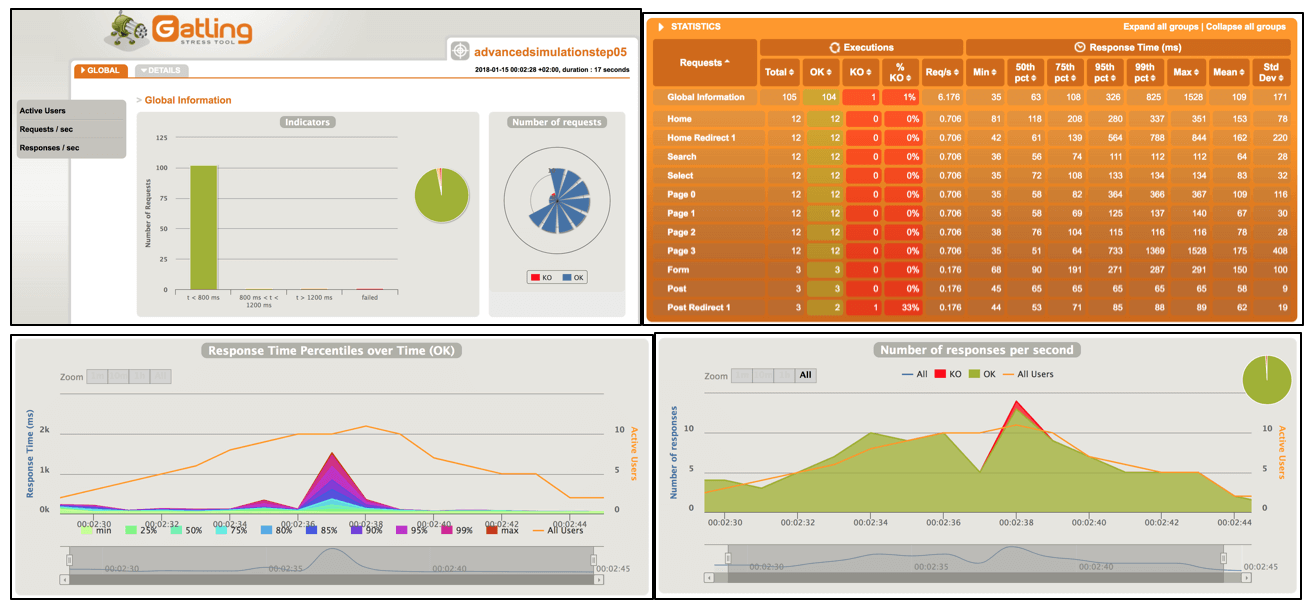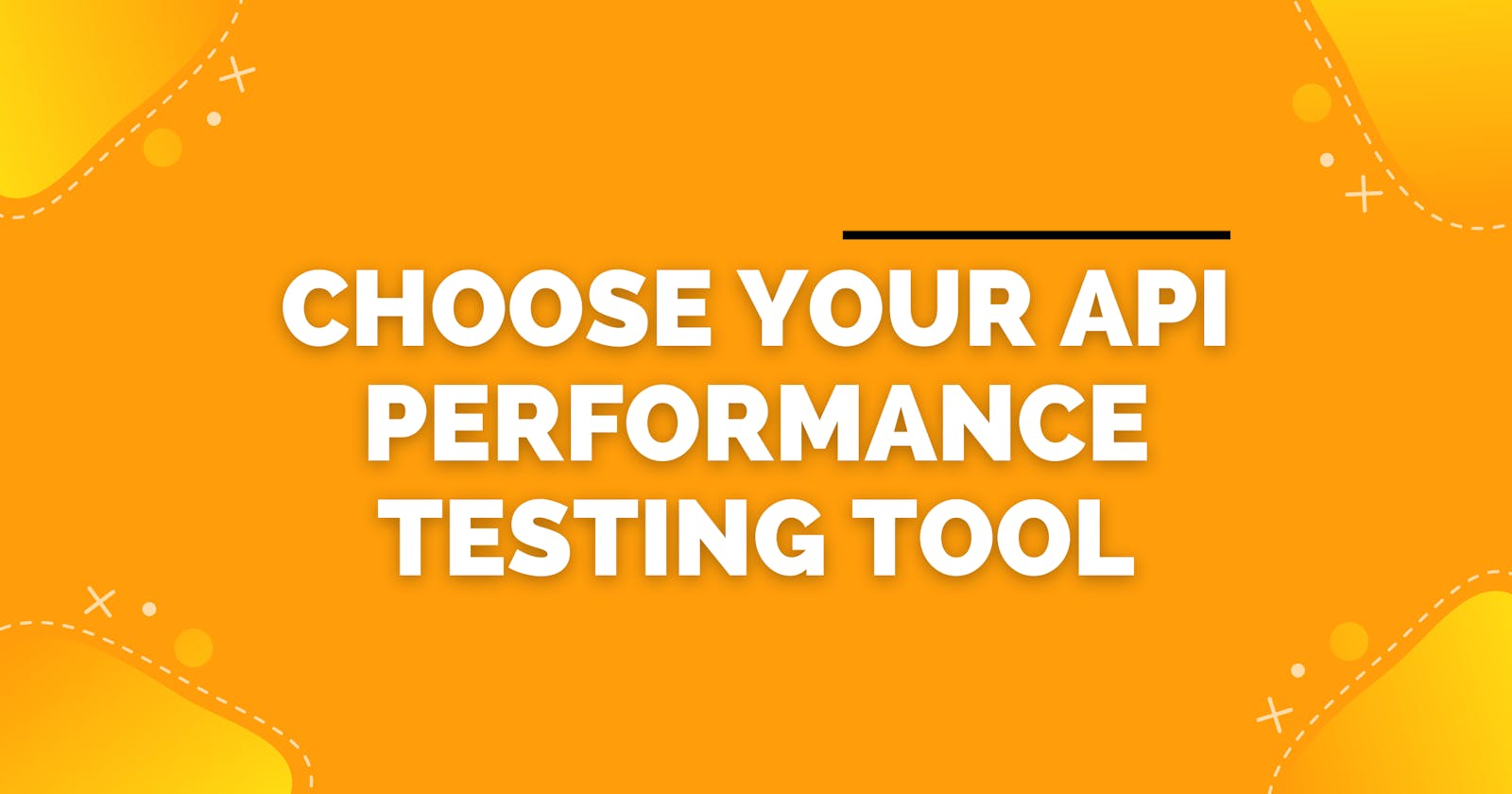Table of contents
- Understanding API Performance Testing
- Types of API performance testing:
- What is API Performance Testing?
- What are the top API performance testing tools?
- Conclusion
- Frequently Asked Question
- What is API performance testing, and why is it important for my project?
- How do I choose the right API performance testing tool for my project?
- What are some common challenges associated with API performance testing tools?
- How can I ensure accurate and reliable performance testing results with API performance testing tools?
API has definitely become a main source of building the business logic of any product. It serves as an intermediary that allows different software systems to communicate and interact with each other either by externally sourced APIs or by crafting our own in-house solutions.
One critical aspect of ensuring the reliability and efficiency of APIs is performance testing. API performance testing involves evaluating how well an API performs under various conditions, including different loads and stress scenarios. By conducting thorough performance testing, developers can identify potential bottlenecks, optimize API speed, and enhance overall user satisfaction.
Understanding API Performance Testing
Imagine you are building a streaming application; you would need to check how fast your movie loads when your users click on it.
You would need to assess the scalability of APIs, ensuring they can handle growing user bases and increased demand without degradation in performance. No one would want to be watching it like.
API performance testing is essential for several reasons:
Optimizing API Speed: Performance testing helps developers identify areas where an API may be experiencing delays or inefficiencies, allowing them to optimize its speed and responsiveness.
Ensuring Scalability: With the increasing demand for digital services, APIs must be able to handle growing user bases and heightened traffic without degradation in performance. Performance testing helps assess an API's scalability under various load conditions.
Enhancing User Experience: Slow or unreliable APIs can lead to poor user experiences, resulting in frustration and dissatisfaction. By conducting performance testing, developers can ensure that APIs meet user expectations for speed and reliability.
Now that we understand the importance of API performance testing, let's explore the different types of performance testing commonly used in software development
Types of API performance testing:
API Performance Testing:
Objective: Assesses how fast or resource-efficient your test object is, providing insights into its overall responsiveness and improving API performance
API Load Testing:
Objective: Examines how a test object behaves under specific loads, evaluating its performance when subjected to varying levels of demand.
API Stress Testing:
Objective: Pushes a test object to its limits by continuously increasing the load, determining the point at which it experiences failure or performance degradation.
Now, with these distinctions clarified, let's explore API performance testing, a critical aspect of ensuring the optimal functionality and reliability of APIs.
Volume Testing:
Objective: Scrutinizes an application's behavior when confronted with the simultaneous processing of substantial data volumes. It comes into play during scenarios like data migration or when executing bulk uploads/downloads from databases.
Now that we have a solid understanding of API performance testing, let's explore some of the most popular tools used by developers to conduct performance testing
What is API Performance Testing?
API performance testing involves evaluating how efficiently an API functions under different conditions sometimes including various loads and stress scenarios and to improve API performance. This testing is essential to guarantee that APIs can meet user expectations and handle the demands placed on them.
What are the top API performance testing tools?
K6

Key Features:
Open-source performance testing tool has a reliable community to ask.
Reduces the need for distributed load testing since you can supposedly generate serious load on a single generator.
Allows for scalability testing with a cloud-based execution option.
Provides scripting flexibility for complex scenarios.
Cons:
Accessing other critical script options such as thresholds, exec, executor, tags, and env through the API is limited. Limited attribute visibility hinders users seeking a straightforward method for runtime verifications, linting, and unit tests without requiring additional frameworks like JEST.
It has very limited compatibility with Async Protocols. You can bundle the socket.io client library with Webpack but the k6 JS runtime lacks a global event loop which is crucial for handling asynchronous protocols.
Apache JMeter
Key Features:
Open-source and has great community support.
Supports various protocols, including HTTP, HTTPS, JDBC, and more.
Provides a user-friendly GUI for test creation.
Enables load testing, stress testing, and performance testing.
Cons:
Absence of Browser rendering support: In comparison to specific alternative performance testing tools, JMeter is devoid of intrinsic browser interaction capabilities however you can add WebDriver to JMeter in order to interact with a fully rendered webpage.
Complex and not scalable: The utilization of JMeter introduces complexity into these processes, as it mandates dedicated hardware and network resources. Consequently, conducting large-scale testing with JMeter becomes unfeasible.
LoadRunner (Micro Focus)
Key Features:
Comprehensive performance testing tool.
Supports a wide range of protocols, including HTTP, SOAP, REST, and more.
Offers detailed analysis and reporting features.
Suitable for large-scale, enterprise-level testing.
Cons:
However, LoadRunner has a wide range of support, Vugen - the scripting language that it runs on has very few options compared to the other testing tools.
In LoadRunner, arranging scripts takes up more time and resources. Creating test scripts in LoadRunner is also more complex because it requires managing different agents.
Postman

Key Features:
Originally known for API development, Postman has expanded to include testing.
User-friendly interface for creating and executing API tests.
Supports automated testing with scripts.
Allows collaboration among team members.
Cons:
Postman, despite having a very seamless integration with the different version controls, can still have a chance of conflicts when working on a collaborative and large project. This could get worse with, well you know, merge conflicts :)
Doesn’t have a lot of workarounds while working with SOAP API’s or non-RESTful API’s.
Postman does its requests only sequentially, one by one by default. Although concurrent iterations can be configured, the tool may not provide the same level of concurrency control and load distribution as specialized performance testing tools.
Gatling

Key Features:
Open-source and designed for high-performance testing.
Uses a scenario-based approach for test creation.
Provides real-time analytics and reports.
Cons:
Not a very active community in comparison to other testing tools which can pose a problem when you are working around integrating a lot of third-party applications. Moreover, it uses a domain-specific language which would take time to set into if you are new to Scala.
The additional load on the testing machine may influence the accuracy of performance measurements and should be carefully managed to ensure reliable and meaningful test outcomes.
Conclusion
API performance testing is a critical aspect of ensuring the optimal functionality and reliability of APIs. By choosing the right performance testing tool and conducting thorough testing, developers can identify and address potential issues, optimize API speed, and enhance the overall user experience.
Whether you opt for K6, Apache JMeter, LoadRunner, Postman, Gatling, or any other tool, it's essential to consider your project requirements, scalability needs, and team expertise. With the right API performance testing tool in your toolkit, you can build robust and efficient APIs that meet the demands of today's digital landscape.
Frequently Asked Question
What is API performance testing, and why is it important for my project?
API performance testing involves evaluating the speed, responsiveness, and scalability of an API under various conditions, such as different loads and stress scenarios. It's crucial for ensuring that your API can handle the demands placed on it by users and other systems, optimizing its speed, and enhancing the overall user experience.
How do I choose the right API performance testing tool for my project?
Choosing the right API performance testing tool depends on several factors, including your project requirements, technical expertise, scalability needs, and budget. Consider factors such as the tool's features, scalability capabilities, compatibility with your technology stack, ease of use, community support, and licensing options.
What are some common challenges associated with API performance testing tools?
While API performance testing tools offer valuable capabilities for assessing and optimizing API performance, they may also present certain challenges. These challenges can include limited support for certain protocols or technologies, complexity in test script creation and maintenance, scalability issues for large-scale testing, and potential conflicts in collaborative projects.
How can I ensure accurate and reliable performance testing results with API performance testing tools?
To ensure accurate and reliable performance testing results with API performance testing tools, it's essential to follow best practices and guidelines. This includes carefully designing test scenarios that reflect real-world usage patterns, selecting appropriate performance metrics to measure, using realistic test data, and executing tests in controlled environments. Additionally, monitor and analyze performance metrics closely during testing, and iterate as needed to optimize API performance.

